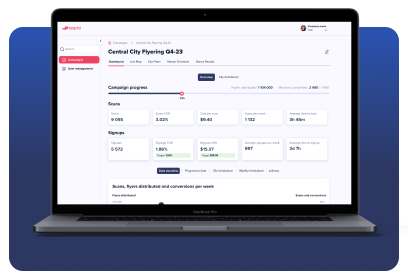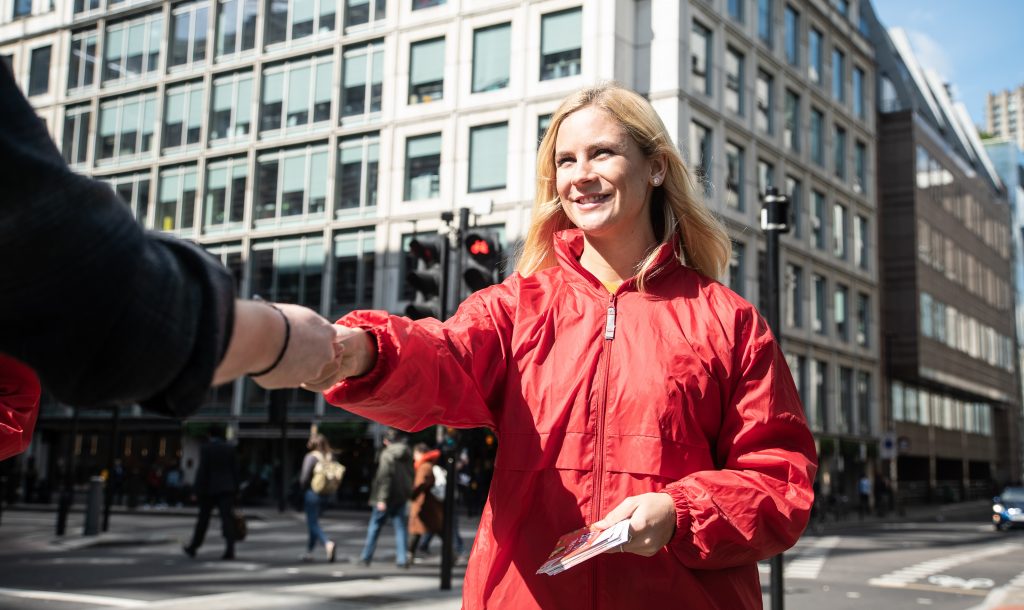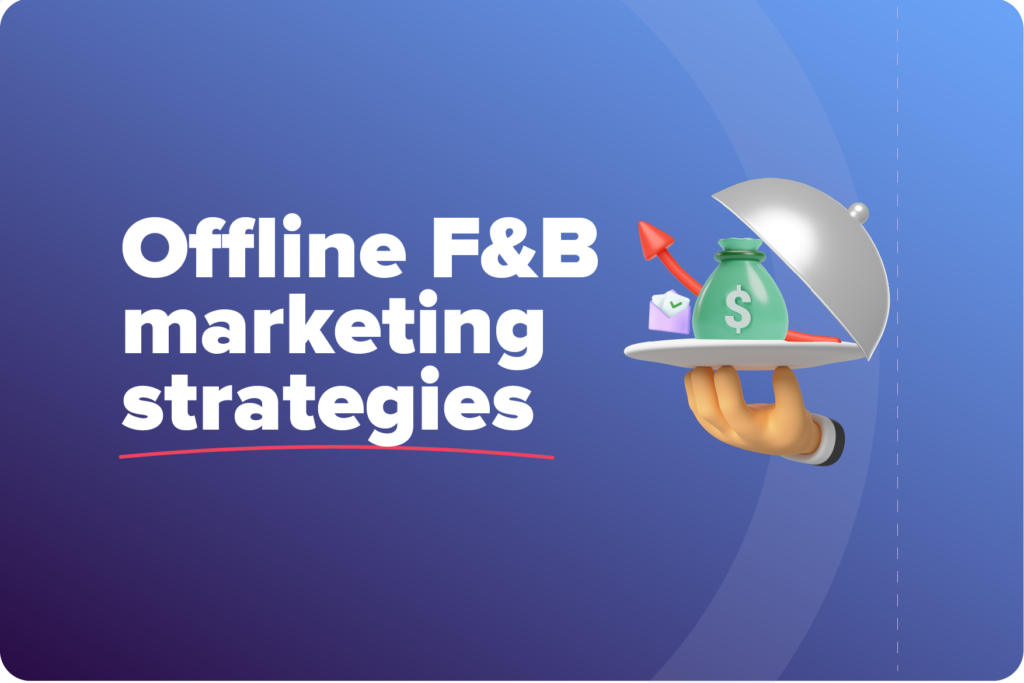Flyer distribution has long been a leading marketing channel for businesses of all sizes. However, if you’ve embarked on a flyering campaign, you may have been shocked by the costs involved, especially concerning printing. Why is flyer printing so expensive? In this post, we’ll delve into the factors contributing to the high costs of flyer printing and help you understand its intricacies!
The different elements of flyer printing
Several factors significantly influence the cost of printing. How you want your flyers to be produced is your call, but making informed decisions is important; after all, no one wants to be shocked by unforeseen costs.
Let’s break down the whats and whys of printing prices!
Printing equipment
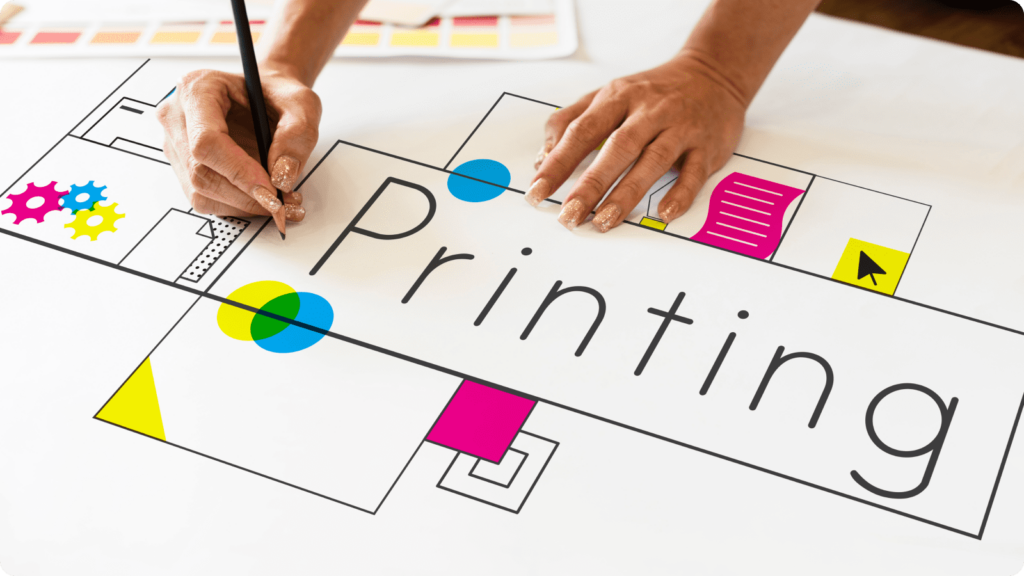
To produce high-quality flyers, printing companies invest in premium printing equipment. These machines can deliver vibrant colors, sharp images, and consistent results. The initial investment and ongoing maintenance costs associated with such equipment have a primary role in the expense of flyer printing.
Paper quality
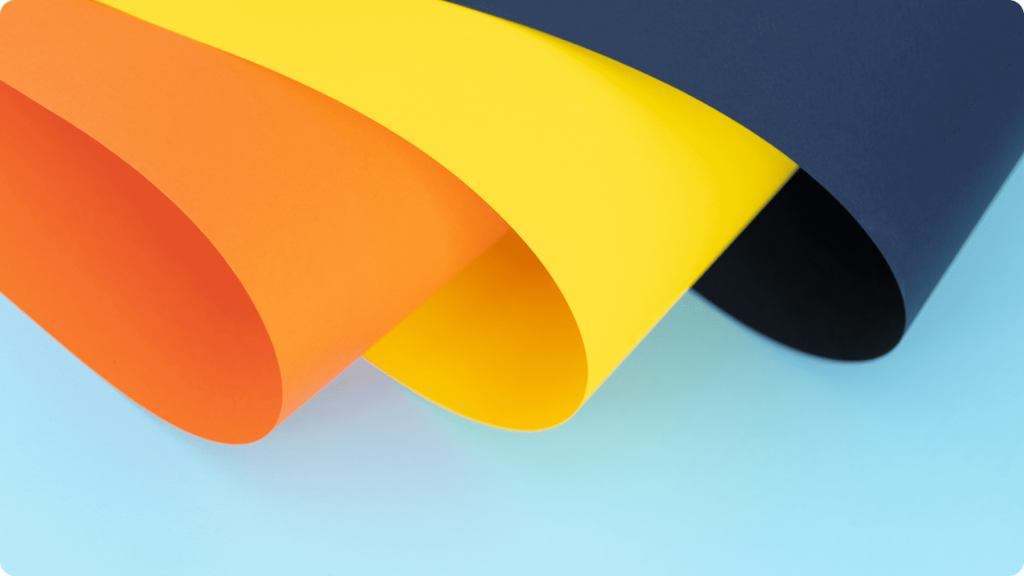
The type and quality of paper used for flyers also impact the cost. Glossy or premium paper options are more expensive as they offer durability and a luxurious feel. Additionally, different paper weights – better known as GSM – determine the quality of the flyer, meaning the higher the GSM, the higher the cost.
Ink and color choices
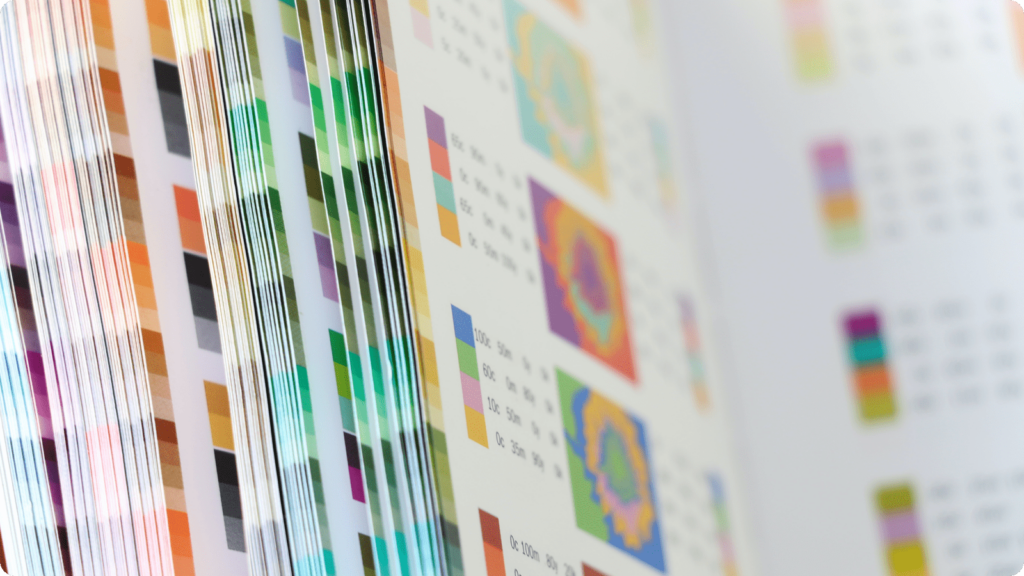
High-quality ink bears a sizable financial impact. Full-color printing may also increase the overall expense. Additionally, the cost will rise further if you require special ink finishes, like metallic or fluorescent, due to the specialized materials and processes involved.
Quantity of flyers
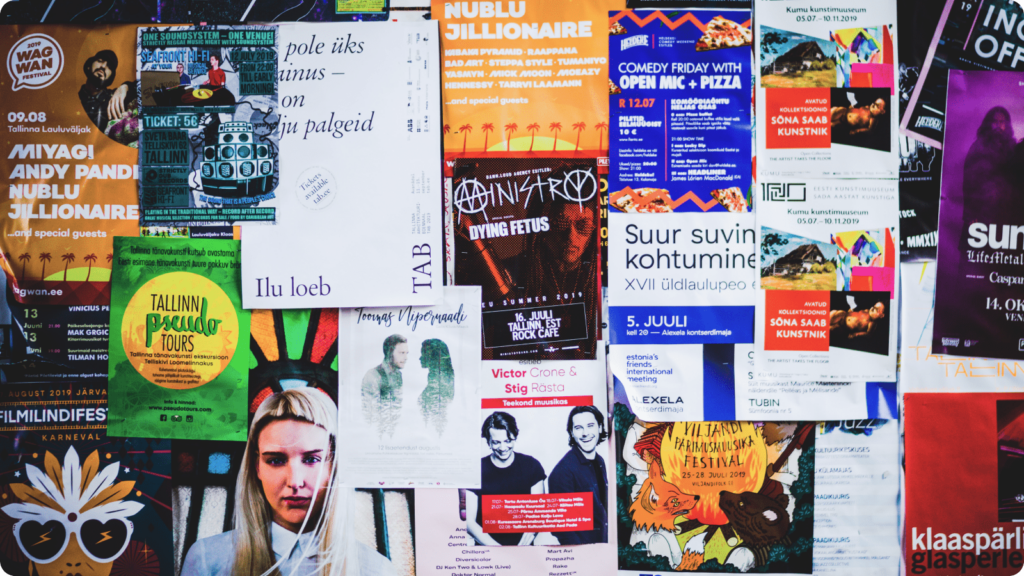
The number of flyers you need will affect the cost per unit. Indeed, printing a larger quantity can reduce costs per flyer – you may even receive special offers or discounts for larger orders! However, the costs associated with setup, proofing, and preparation for smaller print runs remain the same, making the price per unit higher.
Finishing options
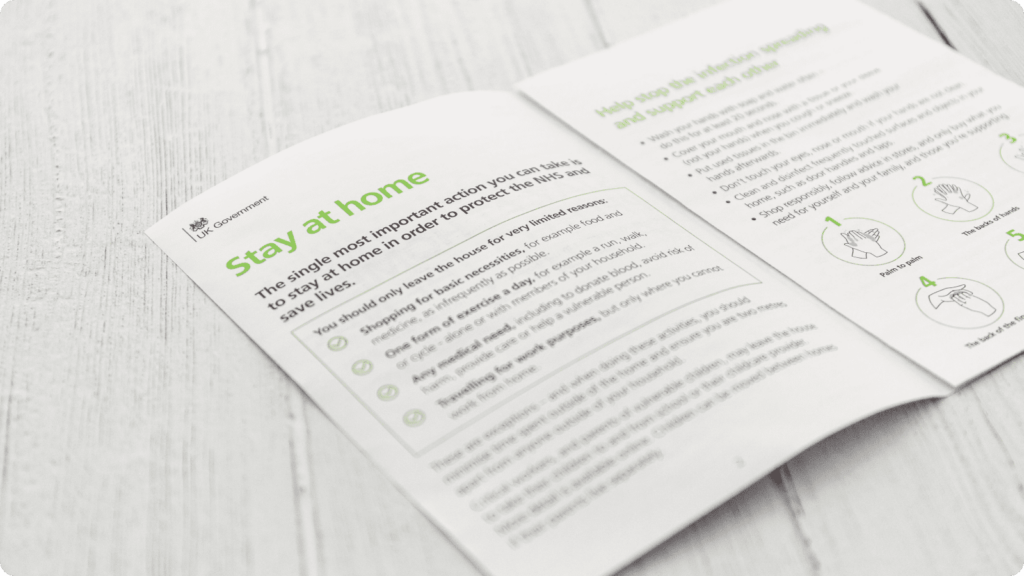
Finishes, like embossing, folding, and adding coatings, dramatically enhance the look and feel of a flyer – but they raise the cost. These processes often involve manual labor or specialized equipment; subsequently, you can expect to pay more for such results.
Customization
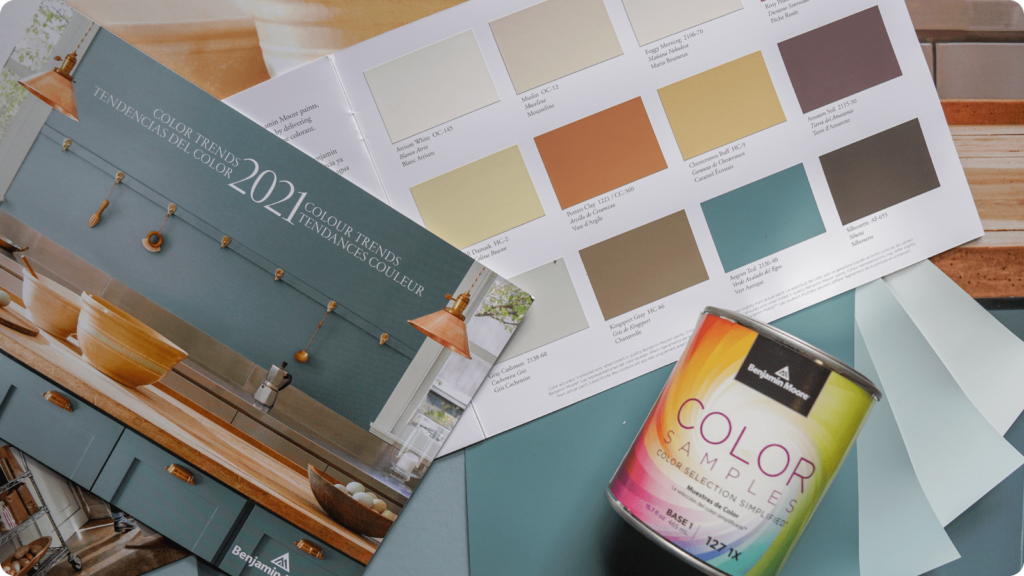
Customization and personalization is the key to a successful flyer distribution campaign. The process becomes more time-consuming and complex if you want to add names or addresses to your flyers. It involves software, data management, and additional setup – but personalization is undoubtedly worth the investment.

Why we use sustainable printing methods
At Oppizi, we believe in contributing to a green future. We have implemented eco-friendly practices throughout our operations through tree-planting initiatives and developing a climate-positive workforce.
The devotion to bettering the environment extends into our printing solutions. We use carbon-neutral printing, which, at times, can lead to higher prices. Yet every decision, no matter how small, collectively makes a difference, so it’s worth considering sustainable printing for your campaign.
Conclusion
While flyer printing may seem expensive, it’s essential to recognize the value it brings to your marketing efforts. Flyers are tangible marketing tools that can reach and engage your target audience, especially when designed and printed professionally. Try it out and watch how flyering generates leads, drives sales, and raises brand awareness!
